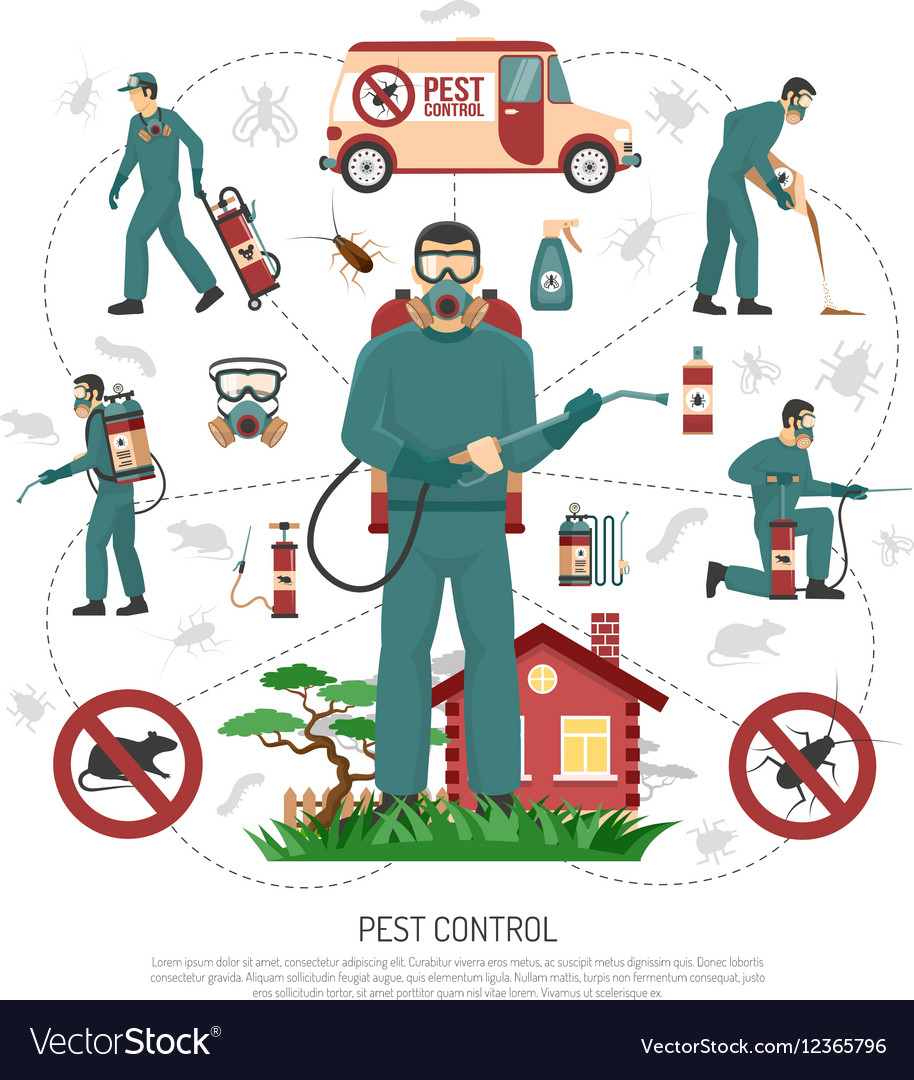Rodent-Proofing Your Attic: Necessary Tips For Homeowners
Rodent-Proofing Your Attic: Necessary Tips For Homeowners
Blog Article
Post Writer-Austin Garza
Imagine your attic room as a comfortable Airbnb for rats, with insulation as cosy as resort cushions and wiring a lot more luring than room solution. Now, envision these unwanted visitors tossing a wild party in your house while you're away. As a house owner, ensuring your attic room is rodent-proof is not nearly comfort; it's about protecting your building and enjoyed ones. So, what easy steps can you take to guard your sanctuary from these fuzzy trespassers?
Examine for Access Points
To begin rodent-proofing your attic, inspect for access points. Start by thoroughly checking out visit the up coming article of your home, looking for any openings that rodents might make use of to access to your attic. Check for gaps around utility lines, vents, and pipes, along with any kind of splits or openings in the structure or house siding. Ensure to pay close attention to areas where various structure materials satisfy, as these are common entrance points for rodents.
Additionally, inspect the roof for any type of damaged or missing out on shingles, along with any type of gaps around the sides where rats can press via. Inside the attic, look for indications of existing rodent task such as droppings, ate wires, or nesting products. Use a flashlight to completely check dark edges and hidden areas.
Seal Cracks and Gaps
Check your attic completely for any splits and spaces that need to be sealed to avoid rodents from going into. Rats can squeeze with also the smallest openings, so it's important to seal any possible entry points. Check around pipes, vents, cords, and where the wall surfaces satisfy the roofing system. Make use of a mix of steel woollen and caulking to seal off these openings efficiently. Steel wool is a superb deterrent as rats can't chew with it. Make sure that all voids are firmly secured to reject access to undesirable pests.
Don't ignore the relevance of sealing voids around doors and windows also. Use weather removing or door sweeps to seal these areas properly. Check pest control termites near me where energy lines enter the attic room and seal them off utilizing an appropriate sealant. By taking the time to secure all splits and spaces in your attic, you create a barrier that rats will certainly discover challenging to breach. Prevention is type in rodent-proofing your attic room, so be extensive in your efforts to seal off any kind of potential entry points.
Get Rid Of Food Resources
Take aggressive procedures to get rid of or store all possible food sources in your attic to hinder rodents from infesting the space. Rats are attracted to food, so removing their food resources is essential in keeping them out of your attic room.
Right here's what you can do:
1. ** Store food firmly **: Stay clear of leaving any kind of food products in the attic room. Shop all food in closed containers constructed from metal or heavy-duty plastic to avoid rats from accessing them.
2. ** Tidy up debris **: Eliminate any kind of piles of debris, such as old newspapers, cardboard boxes, or wood scraps, that rats could make use of as nesting product or food sources. Maintain the attic clutter-free to make it much less attractive to rats.
3. ** Dispose of garbage correctly **: If you utilize your attic for storage and have garbage or waste up there, make certain to take care of it routinely and correctly. Rotting trash bin draw in rats, so keep the attic tidy and without any kind of organic waste.
Conclusion
Finally, keep in mind that an ounce of avoidance deserves a pound of cure when it involves rodent-proofing your attic room.
By putting in the time to evaluate for entry points, seal splits and gaps, and eliminate food sources, you can maintain undesirable insects away.
Keep in mind, 'An ounce of avoidance deserves a pound of remedy' - Benjamin Franklin.
Stay aggressive and secure your home from rodent infestations.
